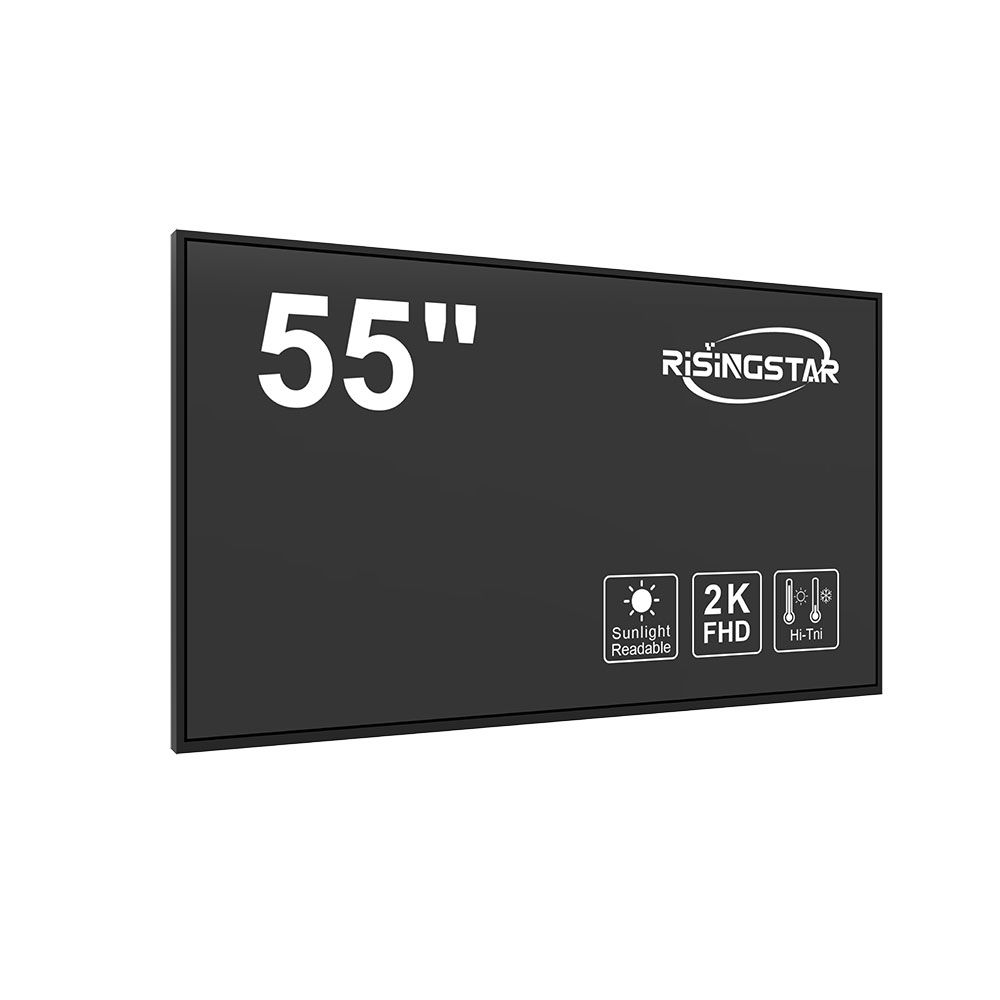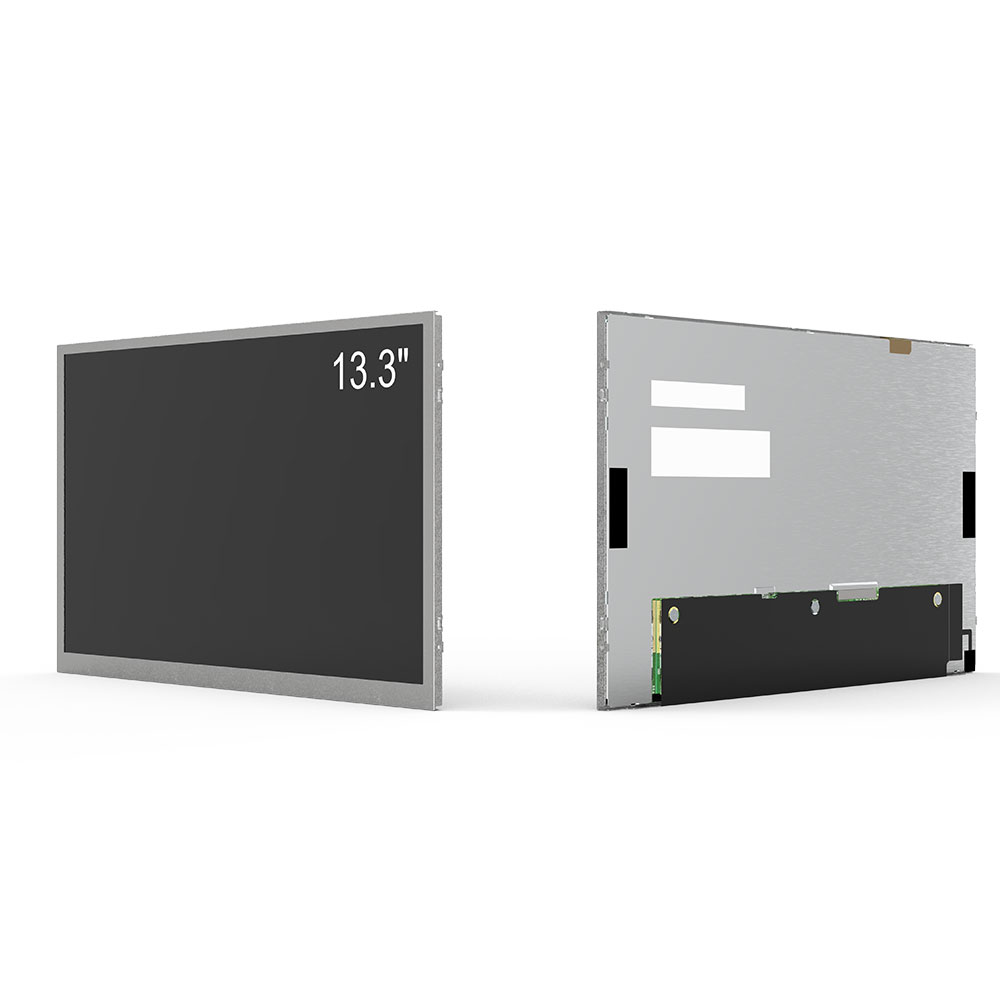When selecting an outdoor LCD display for commercial, industrial, or public use, choosing the right model is critical—not only for image quality and user experience but also for long-term durability in harsh environmental conditions. According to the International Electrotechnical Commission (IEC) standard IEC 60068-2-1, outdoor displays must withstand temperature extremes ranging from -30°C to +70°C without performance degradation. Professional engineers recommend prioritizing three key parameters: brightness, IP rating, and viewing angle.
First, brightness is essential for visibility under direct sunlight. A minimum of 5,000 nits is required for most outdoor applications, though high-end solutions used in stadiums or transportation hubs often exceed 7,000 nits. For example, Samsung’s The Wall outdoor series achieves up to 7,500 nits, ensuring clarity even in full daylight—a feature confirmed by real-world testing at London Heathrow Airport.
Second, ingress protection (IP) ratings determine resistance to dust and water. An IP65 rating means the unit is fully protected against dust ingress and low-pressure water jets—ideal for coastal or rainy environments. In contrast, IP68-rated displays are suitable for submerged installations, such as those in marine ports or underground transit systems. Industry best practices, as outlined by the Society of Motion Picture and Television Engineers (SMPTE), suggest that any outdoor screen deployed in a humid or dusty climate should have at least an IP65 rating.

Third, wide viewing angles—ideally 178° horizontal and vertical—are crucial for multi-user scenarios like digital signage in shopping malls or kiosks in airports. OLED-based outdoor panels now offer superior contrast ratios compared to traditional LED-backlit LCDs, enhancing readability from all angles without color shift.
Additionally, thermal management and power efficiency matter. Many modern outdoor LCDs integrate intelligent cooling systems and adaptive brightness controls that reduce energy consumption by up to 40%, as demonstrated in a 2023 study by the U.S. Department of Energy’s Lighting Research Center. This not only lowers operational costs but also extends component lifespan.

Finally, consider installation flexibility and maintenance access. Ruggedized enclosures with modular designs allow for easy panel replacement and reduced downtime—a factor that significantly impacts total cost of ownership over a 5–10 year period.
By aligning technical specifications with environmental demands and using industry-standard benchmarks like IEC 60068-2-1 and SMPTE guidelines, businesses can ensure their outdoor LCD investments deliver consistent performance, reliability, and return on investment across diverse global markets.







